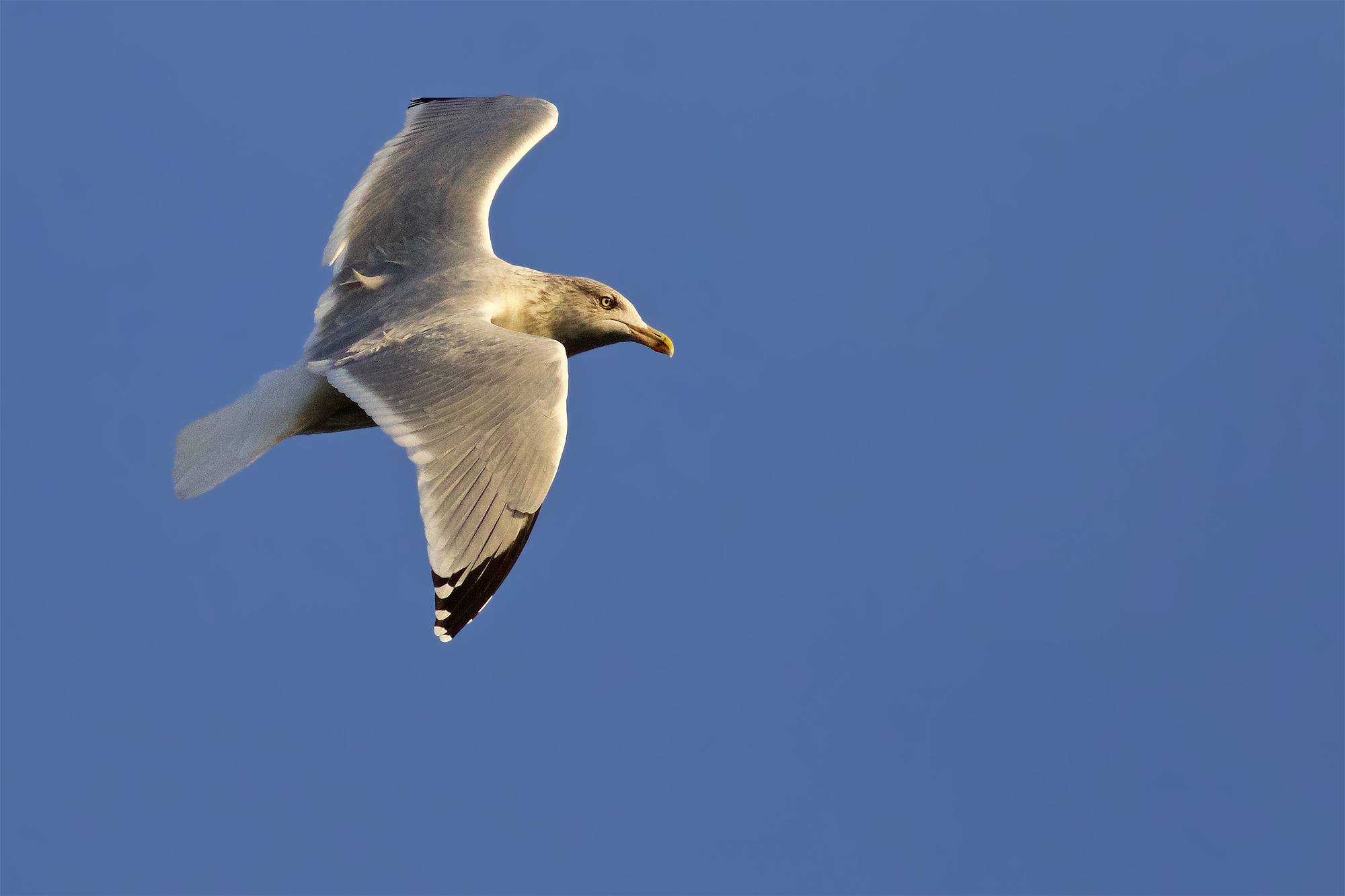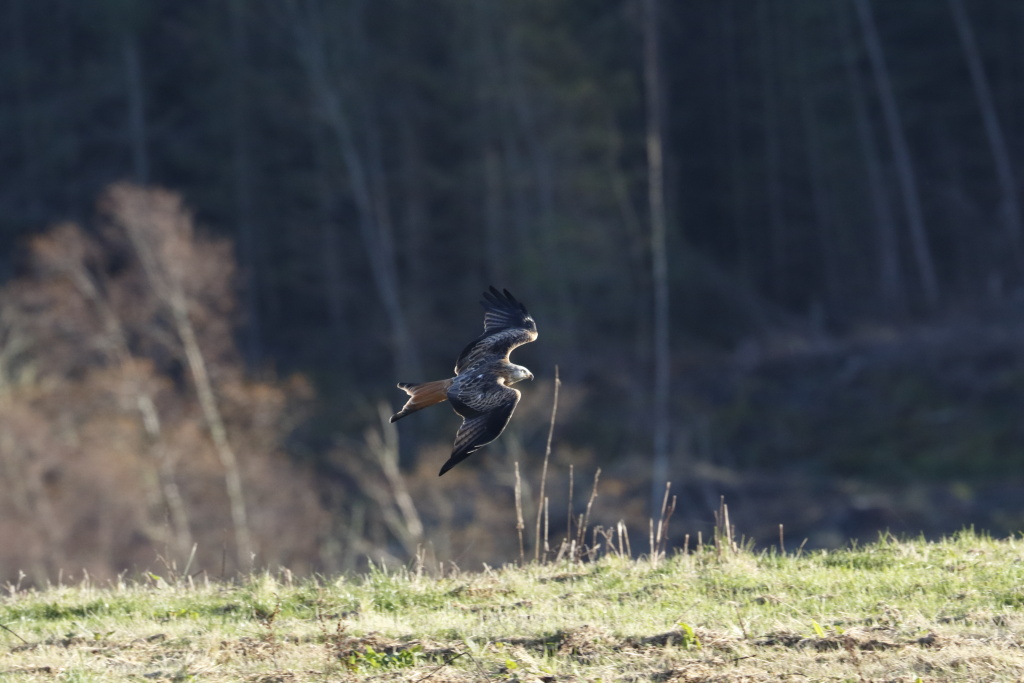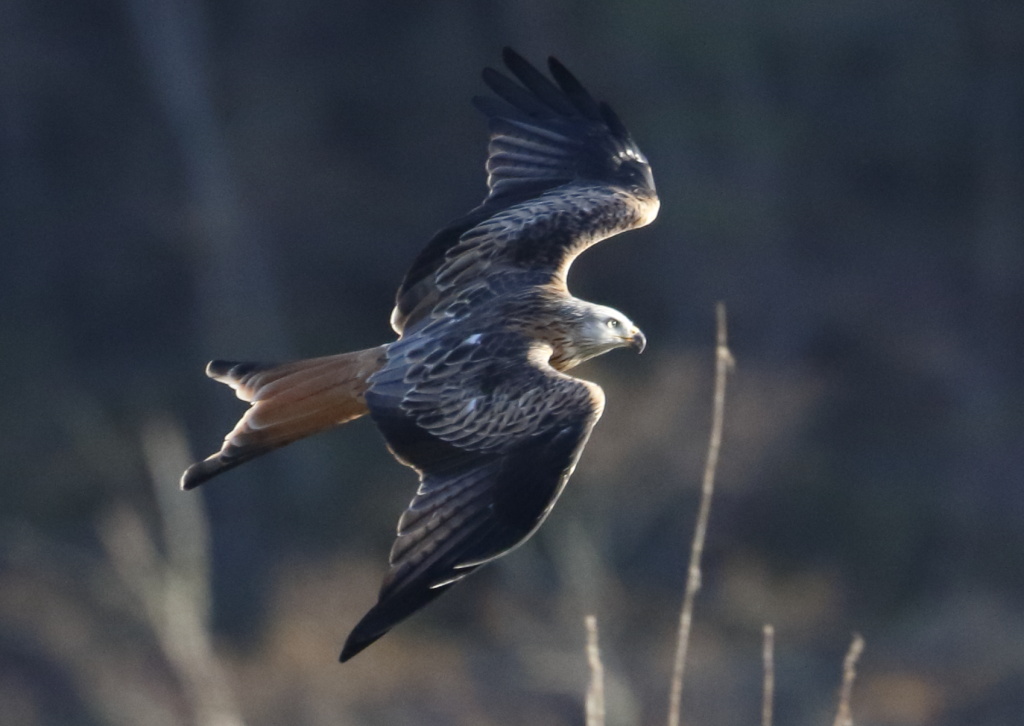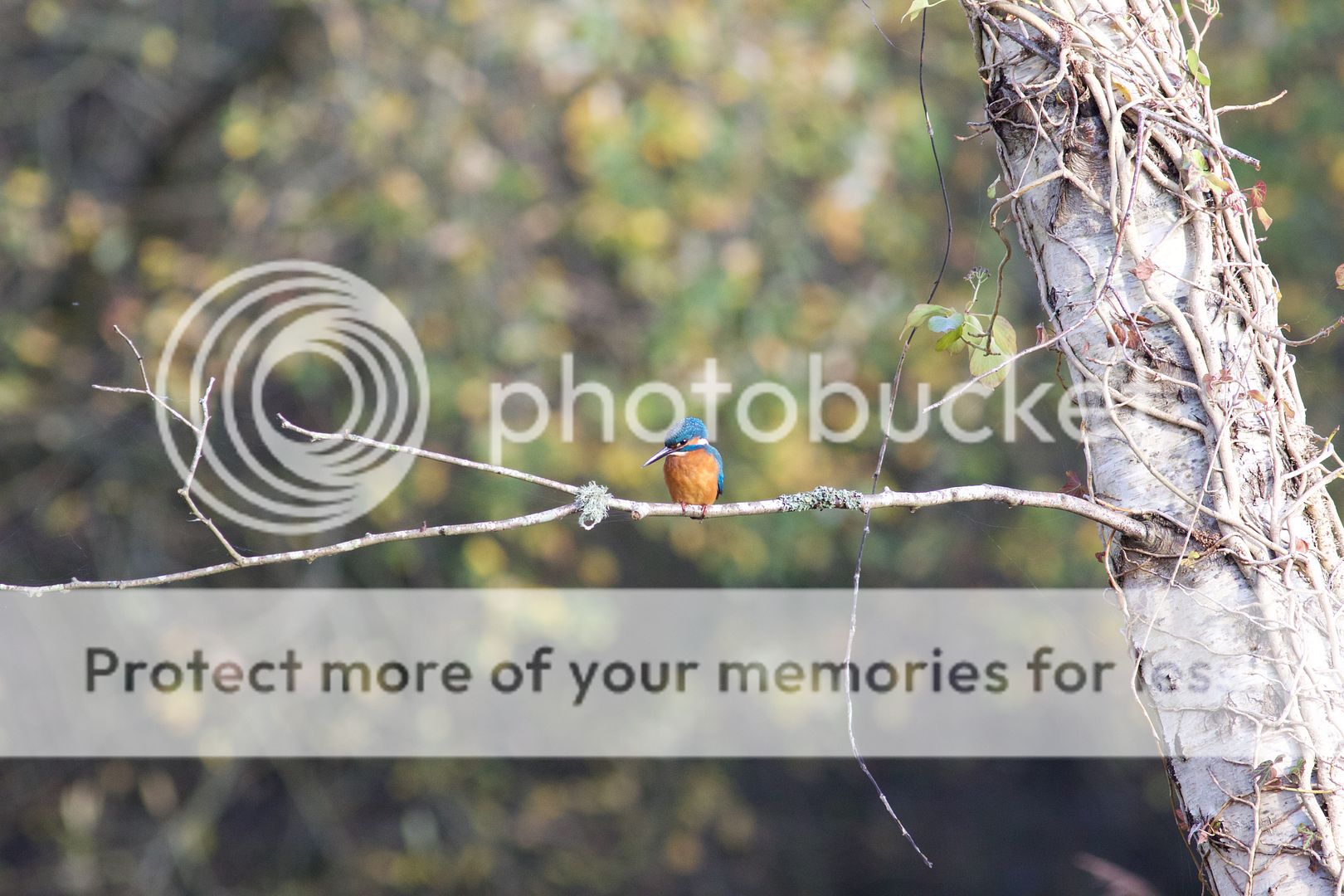- Messages
- 870
- Name
- Sue
- Edit My Images
- Yes
Well this camera has just saved my neck! I turned up at the local dog shelter for my regular photography spot this morning, just as it got very dark and the rain came in. As I walked into the office they were on the 'phone to the local paper who wanted a photo of a particular dog to publish sent over today. No way would I have managed it with my 7D, but with the 7D2 it was no problem to take a photo of the dog posing with a handler in the pouring rain at ISO4000. If anyone is local you can see the result yourself in the Worcester News tomorrow.
Edited to add: Now online: http://www.worcesternews.co.uk/news...pup_beats_the_odds_to_survive_deadly_disease/
Edited to add: Now online: http://www.worcesternews.co.uk/news...pup_beats_the_odds_to_survive_deadly_disease/
Last edited:


 Seagull_0291vns
Seagull_0291vns Starlings_0852vns
Starlings_0852vns


 Kingfisher_0987vns
Kingfisher_0987vns
 Red Deer stag_m1009v1ns
Red Deer stag_m1009v1ns
